Maximo Cruz surveyed the scene in front of him.
Thank you for reading this post, don't forget to follow and signup for notifications!
After months of training with American soldiers, he’d finally done it…landed back on his native soil. The goal? To take his country back.
The location? The Bay of Pigs
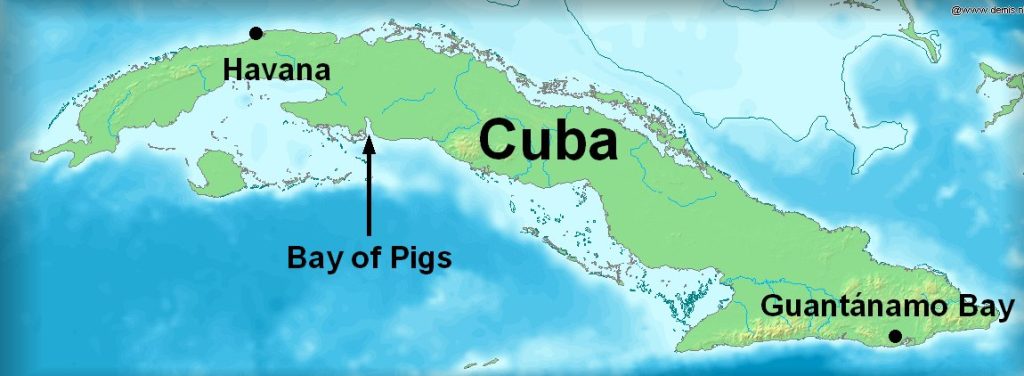
Battle Looms
As the commander of 60 men within the 2nd Battalion, Cruz had been given the task of securing a chokepoint along a road that led directly to the Bay of Pigs.
The Cubans knew that Castro was coming, and this was where they intended to make their first stand.
A series of air attacks already alerted Castro that the invasion he feared was underway. Castro long ago increased his border troop presence, so he knew where to go.
It wouldn’t be long until Cruz’s men got their first taste of battle as a result.
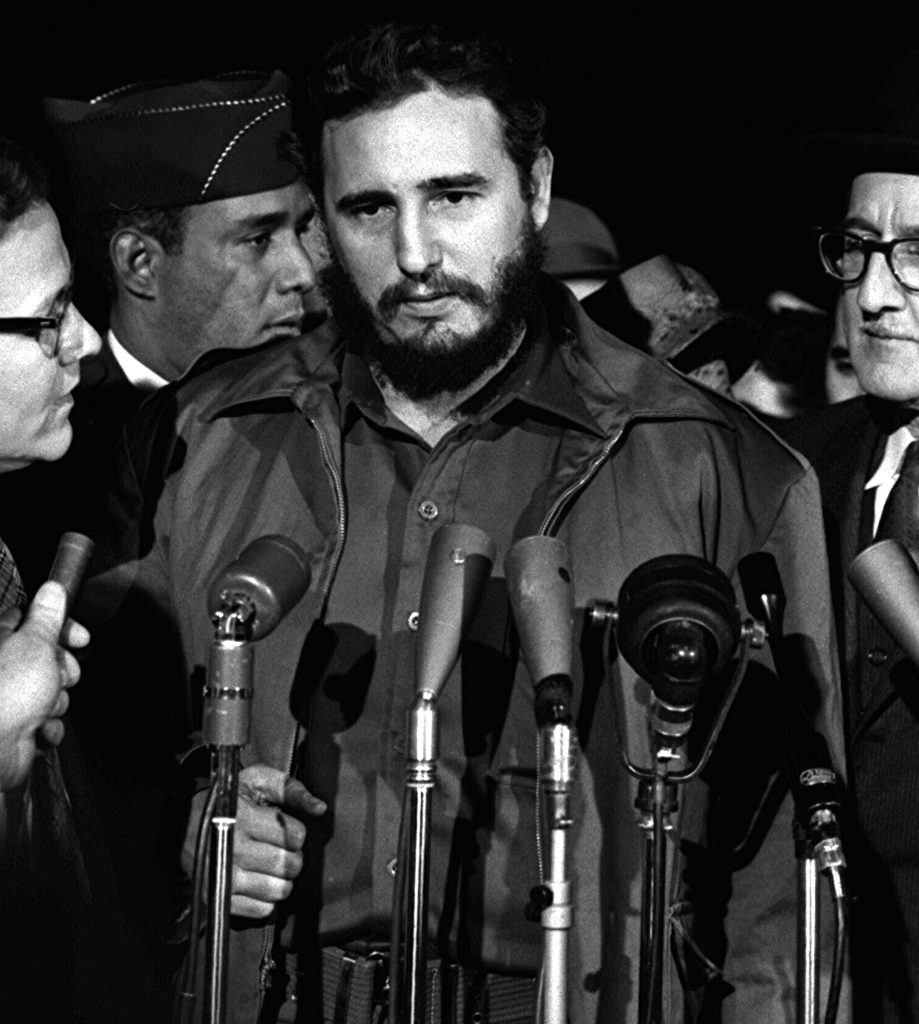
Cruz had his men set up an ambush along the road Castro’s men would have to take. It was flanked by swamp on both sides, so there would be nowhere to hide when the ambush was sprung.
Cruz’s men were hidden and undercover. Now, they waited for the full brunt of the Castro regime to come crashing upon their heads.
They don’t have to wait for long
The Caravan Arrives
Within hours, a caravan was spotted by one of Cruz’s forward observers. While he expected enemy action, Cruz noticed the trucks weren’t already in tatters…yet another bad sign.
JFK had already called off the rest of the air strikes in the region. This, in itself, was a death sentence.
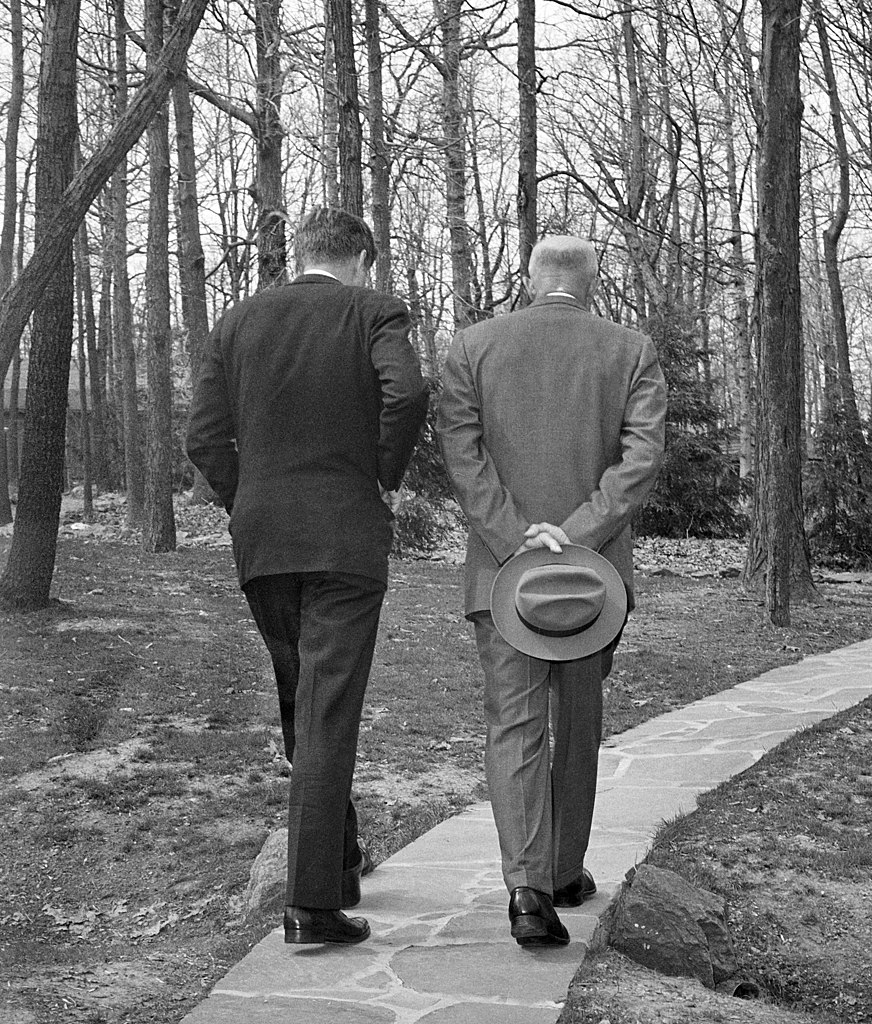
But Cruz also knew that a group of Cuban paratroopers was supposed to have been dropped off ahead of his men, where they would have been able to cut the convoy to pieces.
The airdrop had missed its target, however, and the resulting intact convoy was further proof that Cruz was in trouble.
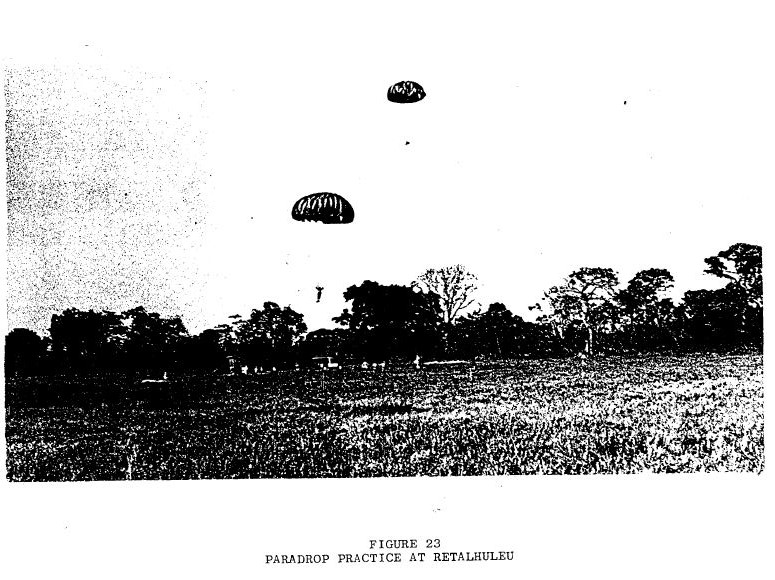
Waiting until the convoy was as close as possible, Cruz ordered his men to open fire. Though greatly outnumbered, the ambush worked splendidly.
Just a few hours later, another Castro caravan was seen in the distance. Cruz’s 60 men now faced off with over 1,000 of Castro’s.
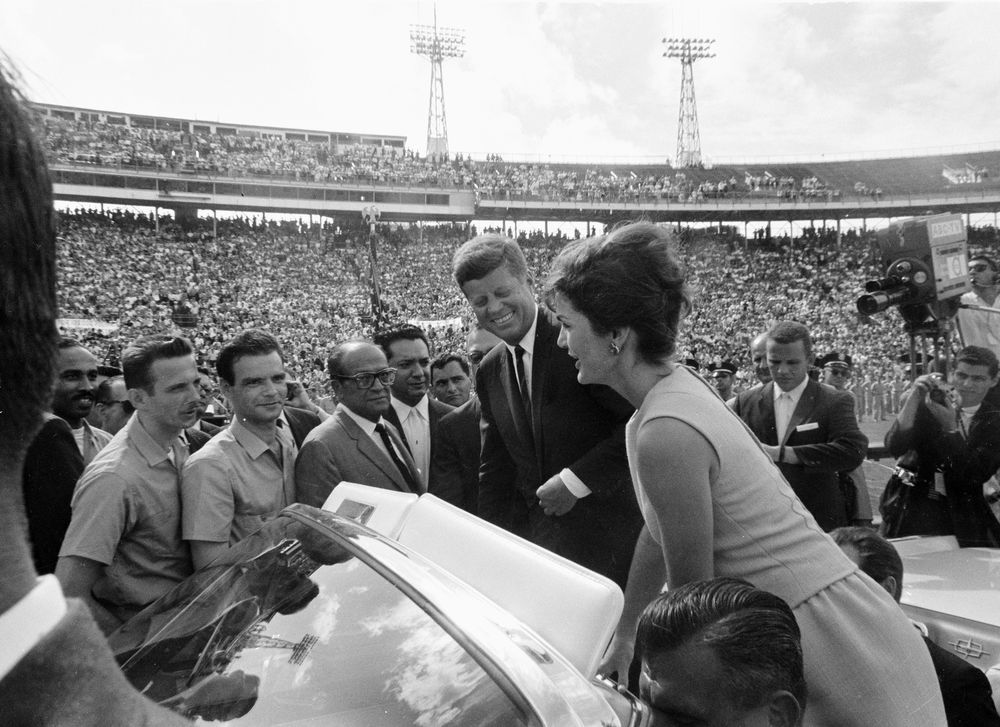
Round 2
Once more, Cruz let the convoy get as close as possible before firing. Castro’s men had nothing but grass to attempt to hide behind as they ditched the roads. When two B-26s with Castro’s markings appeared in the sky, Castro’s men jumped and cheered.
There was just one problem. It was a trap.
The planes were piloted by American-backed Cubans and simply painted to look like they belonged to Castro.
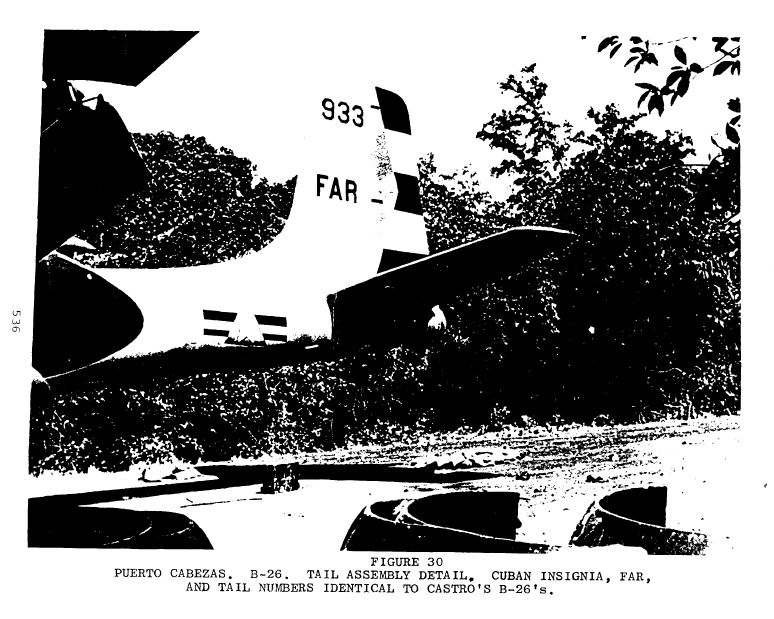
Jose Crespo and Osvaldo Piedra piloted the two craft, strafing Castro’s men with machine guns and dropping bombs.
Castro’s men were cut to pieces, and the few that were left quickly began to retreat.
Then, two of Castro’s actual planes – a T-33 and a Sea Fury – showed up. Crespo and Piedra knew they were in trouble.
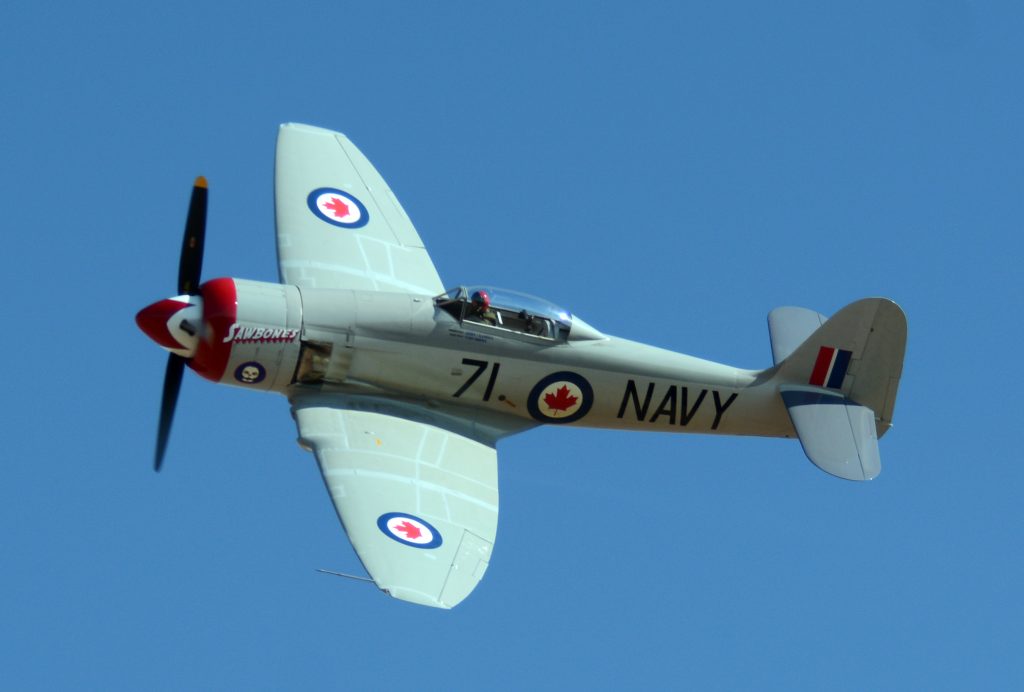
B-26s were terrible at air-to-air combat, and both Crespo and Piedra expended all of their ammunition on the ground troops. They turned to flee, but Piedra was shot down by the T-33.
The Sea Fury chased Crespo as he headed toward safety. All seemed lost.
Then, out of nowhere, two A-4 Skyhawks – American Navy jets – appeared, scaring Castro’s planes off.
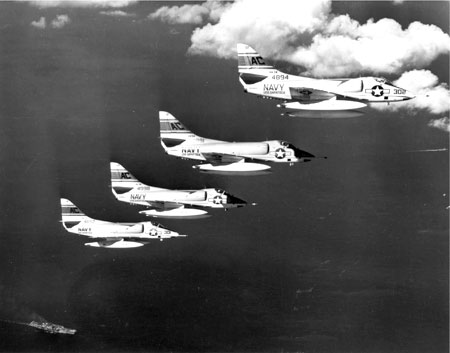
While flying back to Nicaragua, though, Crespo’s plane ran out of gas, and he crashed into the ocean.
Wave After W.ave
Around 12:30 AM, Cruz looked off into the distance. Tanks were on their way, and by the looks of things, there were a lot of them.
While America had provided three M-41 tanks to the Cubans, which had since been moved into position, things looked grim. Cruz and his men knew they couldn’t hold out forever. But still, they fought.
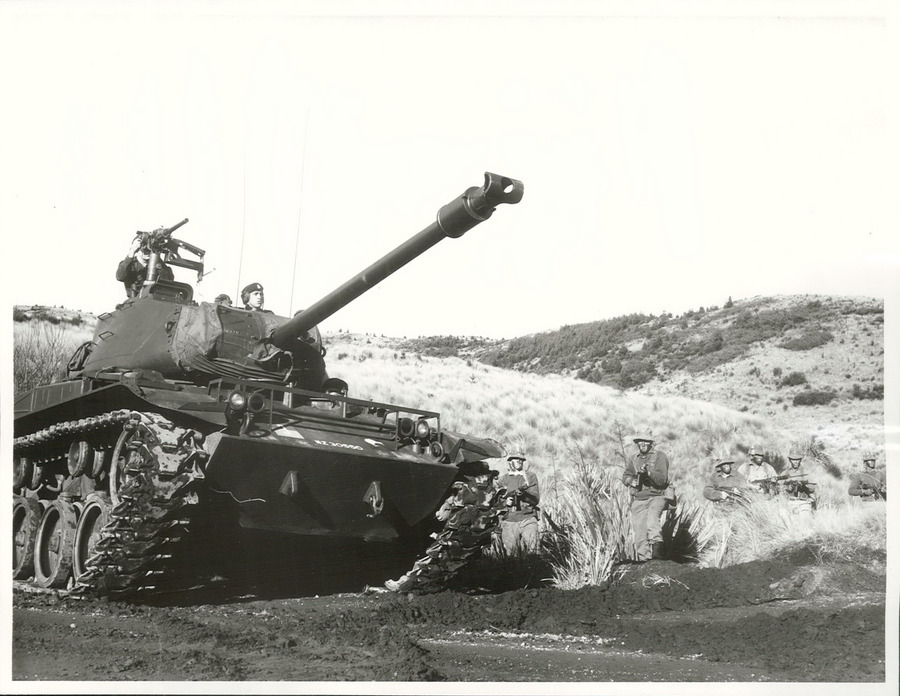
The first three of Castro’s tanks were rapidly put down once they moved into the ambush. The following tanks quickly got stuck in the traffic jam of flames, making for easy targets for Cruz’s men.
The M-41s fought until they ran out of ammo when the tank commanders used them as battering rams against Castro’s tanks.
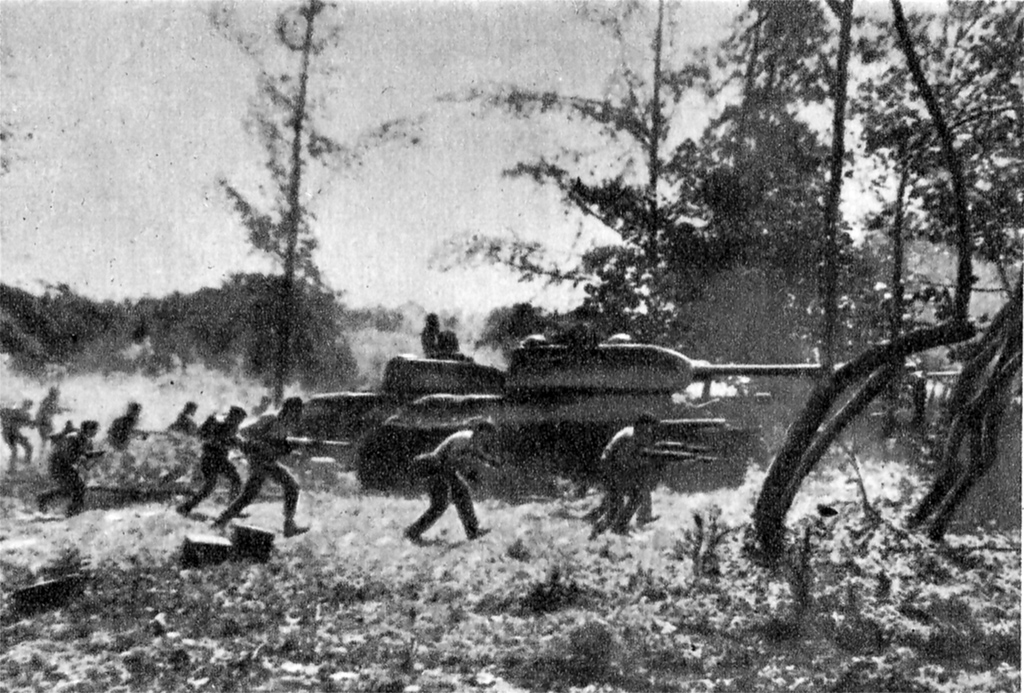
But Castro’s tanks kept coming.
Picking up a bazooka to fire at a nearby tank, Cruz took a piece of shrapnel to the arm and shoulder that left him bleeding profusely. He managed to fight for three more hours before dying from blood loss.
Not long after that, the Bay of Pigs fiasco came to a complete end.
This is a new style of article for Pew Pew Tactical, if you liked it — let us know in the comments! If you didn’t enjoy it…well phooey. To catch up on previous Pictures from History, click on over to our History Category.



